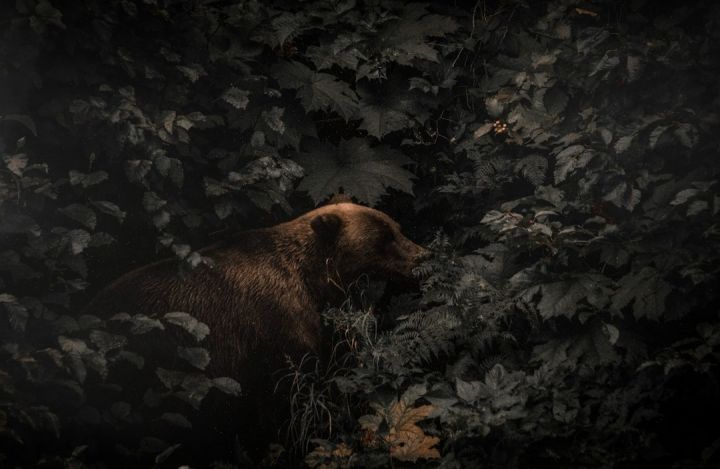Why Do Bears Circle Prey?
Bears are known for their impressive hunting skills, but one behavior that often puzzles both scientists and nature enthusiasts is their tendency to circle their prey. This curious behavior, observed in various bear species, raises many questions about its purpose and significance. In this article, we will delve into the reasons why bears circle their prey, exploring the possible explanations behind this fascinating behavior.
Enhancing Intimidation
One plausible explanation for bears circling their prey is to enhance intimidation. By encircling their target, bears create a visual display of dominance, asserting their presence and establishing control over the situation. This behavior may serve as a warning to potential rivals or competitors, signaling that the prey is claimed and defending it from any potential threats.
Strategic Observation
Another possible reason for bears circling their prey is to gain a better vantage point for observation. By circling, bears can assess their prey from different angles, evaluating its size, strength, and potential vulnerabilities. This strategic observation allows bears to plan their attack more effectively, ensuring a higher chance of a successful hunt.
Disorienting the Prey
Circling may also serve as a tactic to disorient the prey. By constantly moving around the target, bears create confusion and make it more difficult for the prey to anticipate their next move. This disorientation can weaken the prey’s defenses, making it more vulnerable to the bear’s attack. Additionally, the circling motion may cause the prey to become dizzy or lose balance, further compromising its ability to escape.
Instinctual Behavior
It is important to note that circling prey may be an instinctual behavior rooted in the evolutionary history of bears. Many animal behaviors can be traced back to survival strategies that have been passed down through generations. The circling behavior observed in bears may have been advantageous in the past, helping them secure their meals and survive in challenging environments. Despite the changes in the modern world, this instinctual behavior may still persist in bears today.
Territorial Marking
Another possibility is that bears circle their prey as a form of territorial marking. By encircling the prey, bears leave their scent on the surrounding area, effectively claiming ownership over the kill. This scent marking serves as a deterrent to other potential predators, warning them that the prey is already claimed and not to be approached. This territorial behavior helps bears establish and defend their hunting grounds, ensuring a consistent food source.
Conclusion: A Complex Behavior
In conclusion, the behavior of bears circling their prey is a complex phenomenon that can be attributed to various factors. Whether it is for intimidation, strategic observation, disorientation, instinct, or territorial marking, this behavior showcases the adaptability and intelligence of these magnificent creatures. While scientists continue to study and unravel the intricacies of bear behavior, the circling of prey remains a captivating display of nature’s diversity and the unique strategies employed by animals to survive and thrive in their environments.






